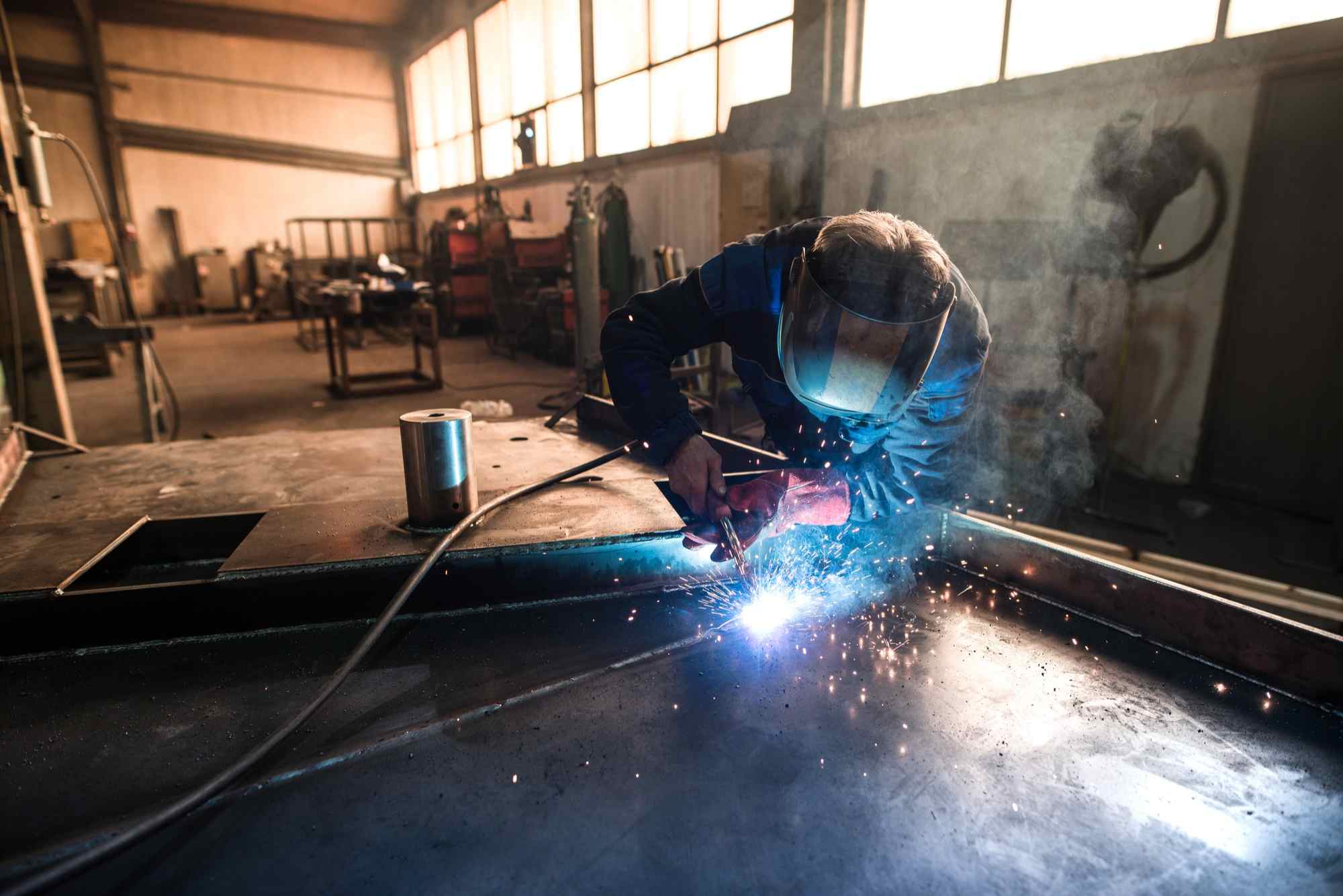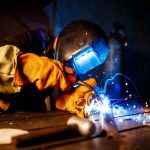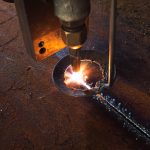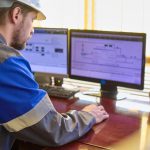Every weld is a commitment to quality. Learn at Wiinspect how meticulous monitoring and mapping can help you ensure the integrity and durability of your welds, minimizing errors and production costs.
What is welding monitoring?
Welding monitoring refers to the continuous tracking of welding parameters during the process. This includes supervising the temperature, the feed rate of the filler material, current intensity, and voltage, among other critical factors.
By controlling these parameters, welders and technicians can ensure that the process operates within the established limits to guarantee quality and weld strength.
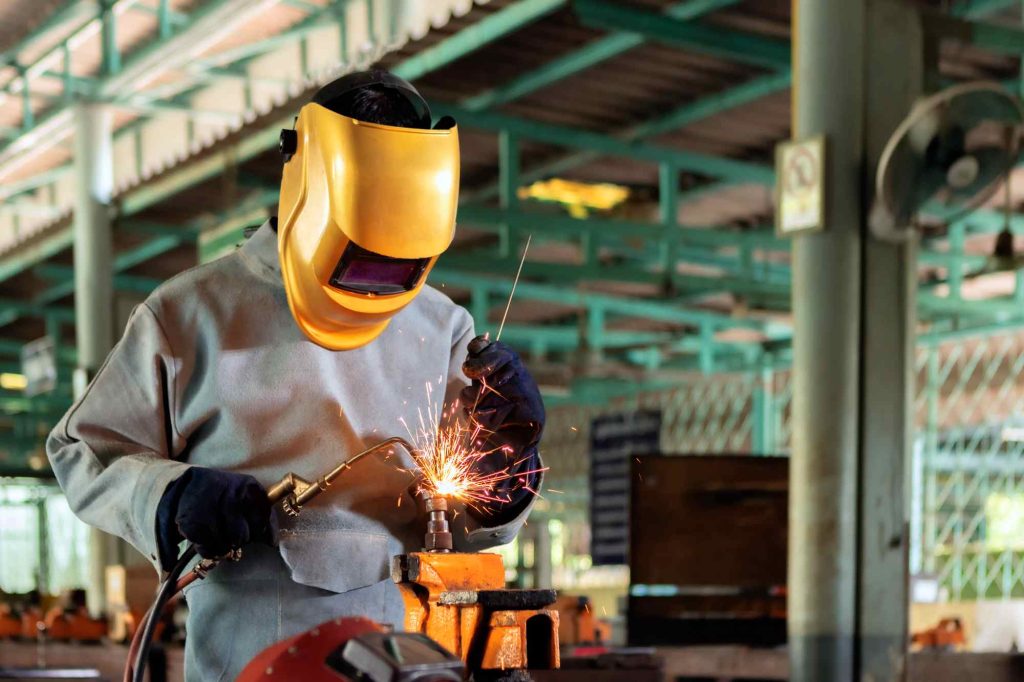
This continuous monitoring not only helps detect potential defects in real-time but also provides valuable data for future quality audits and certification processes.
Welding Tracking
Welding tracking, which is part of monitoring, focuses on the analysis of the process evolution over time.
This practice is essential to ensure consistency in the production of welded parts, especially in high-production environments where minor errors can escalate into significant failures.
Through tracking, it is possible to implement continuous improvements and ensure that each weld not only meets quality standards but is also reproducible under the same conditions.
What is welding mapping?
Welding mapping involves creating a detailed map that reflects the welding process from start to finish.
This map includes information on the location of welds, techniques used, materials involved, and results of quality checks performed.
The goal of mapping is to provide a clear and structured view of the entire process, thus facilitating the identification of patterns that might indicate the need for adjustments in techniques or materials used.
5 Advantages of Implementing Monitoring and Mapping in Welding
Adopting monitoring and mapping strategies in welding operations not only improves the quality of the final product but also optimizes production processes. These advanced techniques offer several benefits:
- Defect Prevention: By constantly monitoring welding parameters, it is possible to detect and correct deviations before they turn into serious defects. This reduces rejections or rework, saving materials and time.
- Regulatory Compliance: Many sectors, especially those involving critical infrastructures like aerospace, automotive, and construction, require welds to meet strict safety and quality standards. Monitoring and mapping facilitate compliance with these regulations and prepare companies for smooth external audits.
- Training and Professional Development: Data collected through monitoring and mapping serves as educational material for training new welders. By studying real cases and understanding process variations, trainees can quickly acquire practical and theoretical skills.
- Energy Efficiency Optimization: By precisely adjusting parameters such as current intensity and temperature, optimal energy efficiency can be achieved, reducing energy consumption and operational costs.
- Innovation and Continuous Improvement: With a historical database of performed welds, companies can use advanced analysis techniques to identify opportunities for process improvement. This leads to innovations in welding techniques that can set the company apart in a competitive market.
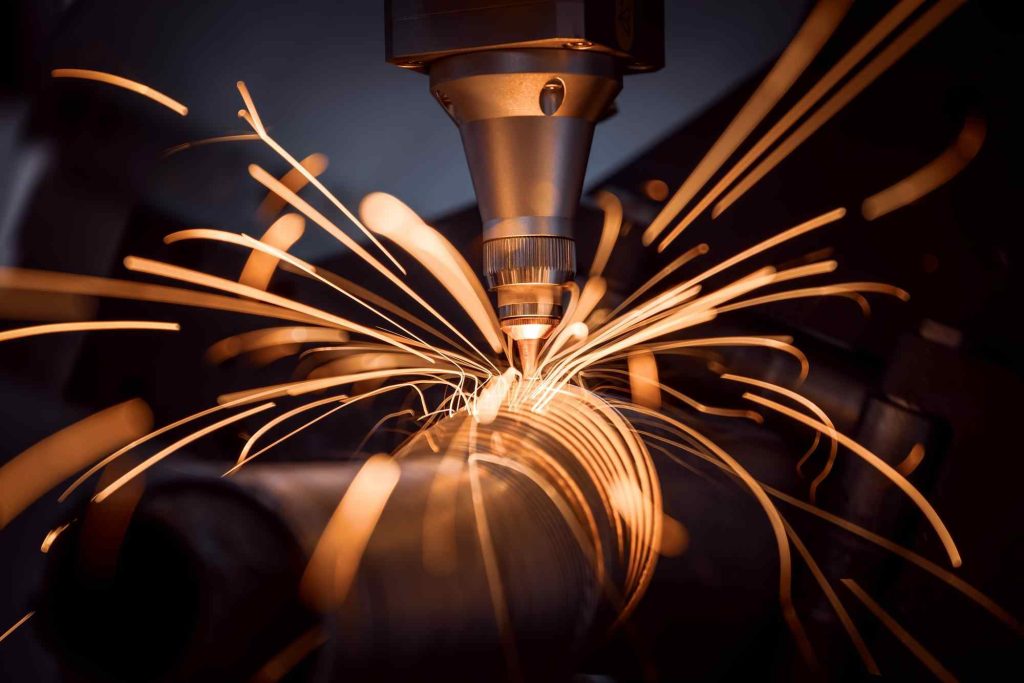
Welding monitoring and mapping are not just best practices; they are essential in the modern manufacturing era, where efficiency, quality, and regulatory compliance are more critical than ever.
At Wiinspect, we understand that every detail matters and are committed to helping you achieve excellence in every weld.

